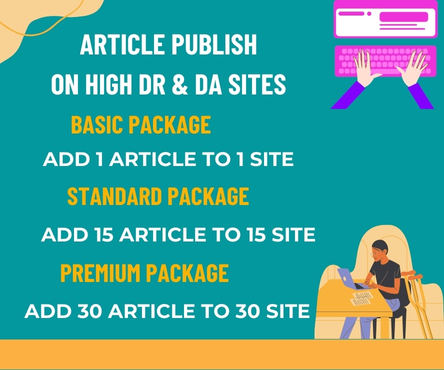In the fast-paced world of e-commerce, businesses are constantly seeking new ways to engage customers and boost sales. One innovative tool gaining popularity among online retailers is the flipbook. These interactive, digital catalogs offer a visually appealing way to present products and provide a more immersive shopping experience. When used correctly, flipbooks can drive conversions, increase customer engagement, and enhance brand identity. In this guide, we will explore how flipbooks can elevate your e-commerce strategy and help convert visitors into loyal customers.
What is a Flipbook?
A flipbook is a digital publication that mimics the experience of flipping through a physical catalog or brochure. It is usually in PDF format but is enhanced with interactive features, such as clickable links, videos, and zoom options for product images. Flipbooks provide a multimedia experience that can engage customers more effectively than traditional static images or text on a website. They offer a visually rich and interactive way for customers to explore products, services, and brand stories, making them an ideal tool for e-commerce businesses.
Benefits of Flipbooks for E-Commerce
- Improved User Experience: Flipbooks provide a dynamic and engaging way for customers to explore your products. Unlike static web pages or product listings, flipbooks allow customers to navigate through pages, zoom in on high-quality images, and even watch product videos directly within the catalog. This immersive experience keeps users engaged longer, increasing the likelihood of conversion.
- Enhanced Brand Presentation: Flipbooks give businesses a chance to showcase their brand in a polished, visually appealing manner. You can design a flipbook to match your brand’s color scheme, typography, and style, which helps reinforce brand identity. With flipbooks, e-commerce businesses can present their offerings in a creative and professional way, giving them a competitive edge.
- Increased Conversion Rates: A well-designed flipbook encourages users to explore more products and learn more about the brand. With clickable links leading to product pages or direct purchase options, you make it easy for customers to buy directly from the flipbook. The interactive nature of flipbooks increases user engagement, which has been shown to lead to higher conversion rates.
- Mobile-Friendly: As mobile commerce continues to grow, having a mobile-optimized flipbook is essential. Flipbooks are highly responsive and can be viewed on any device, ensuring that customers can browse your catalog from anywhere. The fluid, page-turning experience is equally enjoyable on smartphones, tablets, and desktops, offering a consistent experience for all users.
- Easy Integration with E-Commerce Platforms: Flipbooks can be easily integrated into your existing e-commerce site. You can embed them on your landing pages, product pages, or even send them out through email campaigns. Integration with e-commerce platforms like Shopify, WooCommerce, or Magento makes it easy to link flipbook items to your store, streamlining the path to purchase.
Best Practices for Using Flipbooks in E-Commerce
To maximize the potential of flipbooks in driving sales, it is crucial to follow certain best practices:
- Keep It User-Friendly: Ensure that your flipbook is easy to navigate. Use clear navigation buttons, a clickable table of contents, and intuitive design elements. Avoid cluttering the pages with too much information; instead, focus on showcasing your best products in a clean, visually appealing format.
- Optimize for Speed: Large file sizes can slow down load times, which can frustrate users and lead to high bounce rates. Compress your flipbook files to ensure fast loading times, especially for mobile users.
- Include Calls to Action (CTAs): Throughout your flipbook, strategically place clear and compelling CTAs. Encourage users to click, explore, and purchase by offering discounts, special offers, or product bundles. The goal is to create a seamless transition from browsing to buying.
- Leverage Analytics: Use tracking tools to analyze how customers interact with your flipbook. Understanding which pages are most viewed, which products are clicked on, and how long users engage with the catalog will help you refine future marketing strategies and product offerings.
Conclusion
Flipbooks offer a unique opportunity for e-commerce businesses to engage customers in a visually captivating and interactive way. By enhancing the online shopping experience, flipbooks can drive higher conversions, improve brand presentation, and increase overall customer satisfaction. By following the best practices outlined in this guide, you can leverage flipbooks as an effective tool to grow your e-commerce sales and create lasting relationships with customers.

